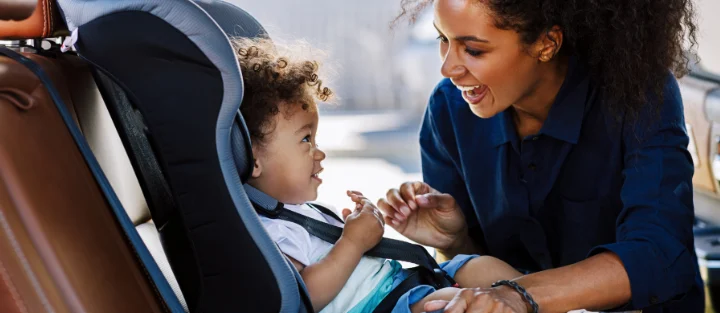When it comes time to change the ownership of your vehicle, whether you’re selling it or buying one, there are several important steps to follow. One of the most crucial is ensuring that the vehicle is “safetied.” This process not only ensures that the car is in good working condition but also provides peace of mind for both the buyer and the seller. Beyond the safety inspection, there are other key steps you should take, especially when it comes to the insurance process and keeping your broker informed. What Does “Safetying” Your Car Mean?Safetying, or getting a safety inspection, is a mandatory process in Ontario when a vehicle changes ownership. This inspection checks that the vehicle meets minimum safety standards and is safe to be driven on the road. The inspection covers essential components like brakes, steering, tires, lights, and the overall structural integrity of the vehicle. Why Is It Important?A safety inspection protects both the buyer and the seller. For the buyer, it ensures that the vehicle is roadworthy and won’t require immediate costly repairs. For the seller, it confirms that the vehicle is being sold in good condition, which can prevent any future disputes. Steps to Take After a Safety InspectionOnce the vehicle has passed its safety inspection, there are several other important steps you need to follow: 1. Transfer the OwnershipAfter the vehicle is safetied, the next step is to transfer the ownership. In Ontario, this process involves signing the back of the vehicle permit (also known as the “pink slip”) and submitting it to a ServiceOntario location. The new owner will need to pay any applicable fees and taxes before receiving a new vehicle permit in their name. 2. Update Your InsuranceIf you’re the buyer, it’s essential to update your insurance policy before driving the vehicle. Contact your insurance broker to add the new vehicle to your policy or to switch coverage from your old vehicle to the new one. If you’re the seller, inform your broker that you have sold the vehicle, and cancel the insurance policy for that car. 3. Notify Your BrokerKeeping your insurance broker in the loop is crucial. They can help you navigate the insurance process, find the best rates for your new vehicle, and ensure that you’re adequately covered. If you’re buying a used car, your broker can also advise you on additional coverage options, such as extended warranties or protection against unexpected repairs. 4. Ensure All Paperwork Is CompleteMake sure that all the paperwork related to the sale or purchase of the vehicle is completed and submitted promptly. This includes the bill of sale, safety certificate, and any other required documents. Proper documentation is essential for a smooth ownership transfer and to avoid any legal or financial complications. _ Safetying your car when changing ownership is more than just a legal requirement—it’s a critical step in ensuring the safety and satisfaction of both parties involved in the transaction. Along with the safety inspection, don’t forget to update your insurance and notify your broker to keep everything in order. By following these steps, you can make the ownership transfer process as smooth and worry-free as possible.
[wpcode id="4722"]











